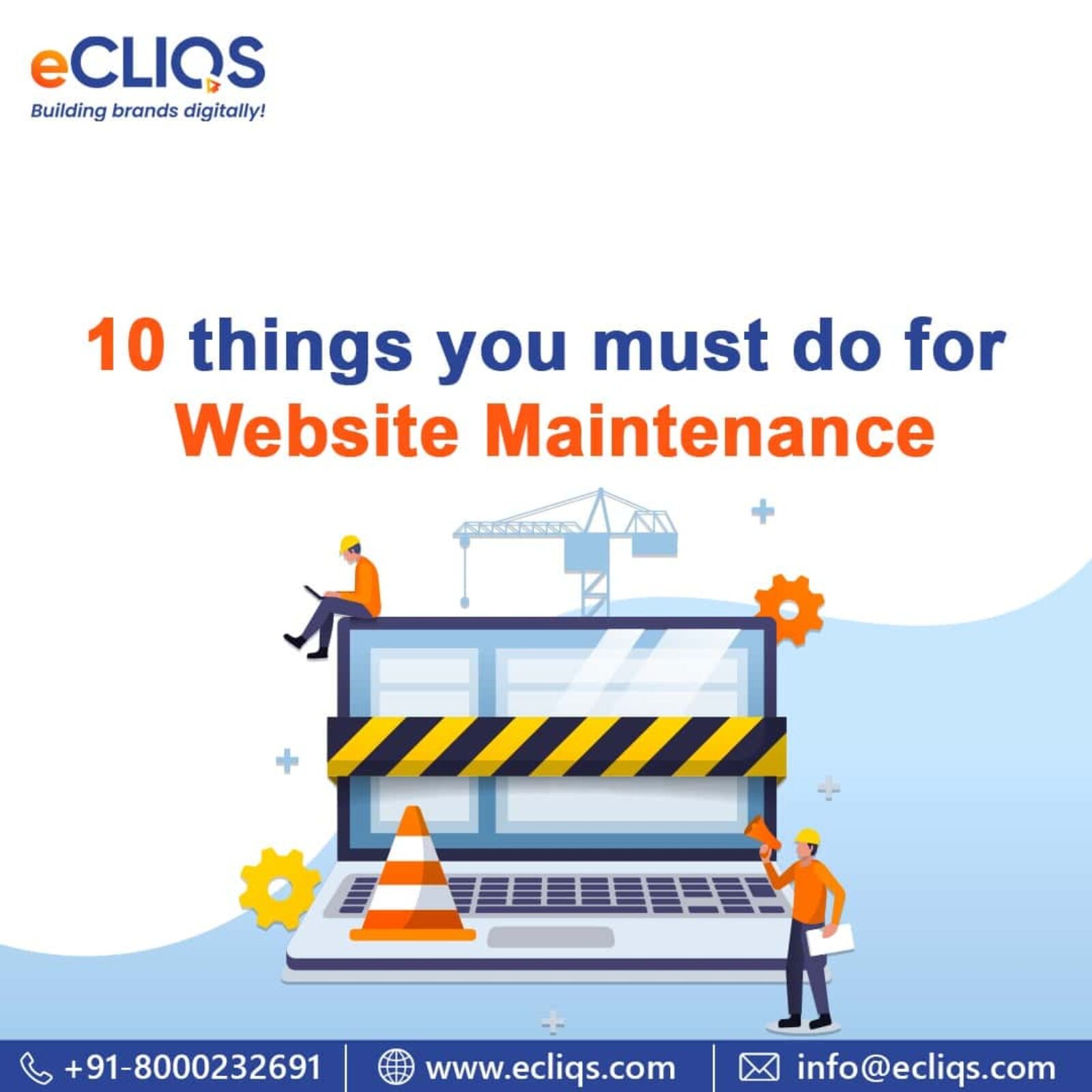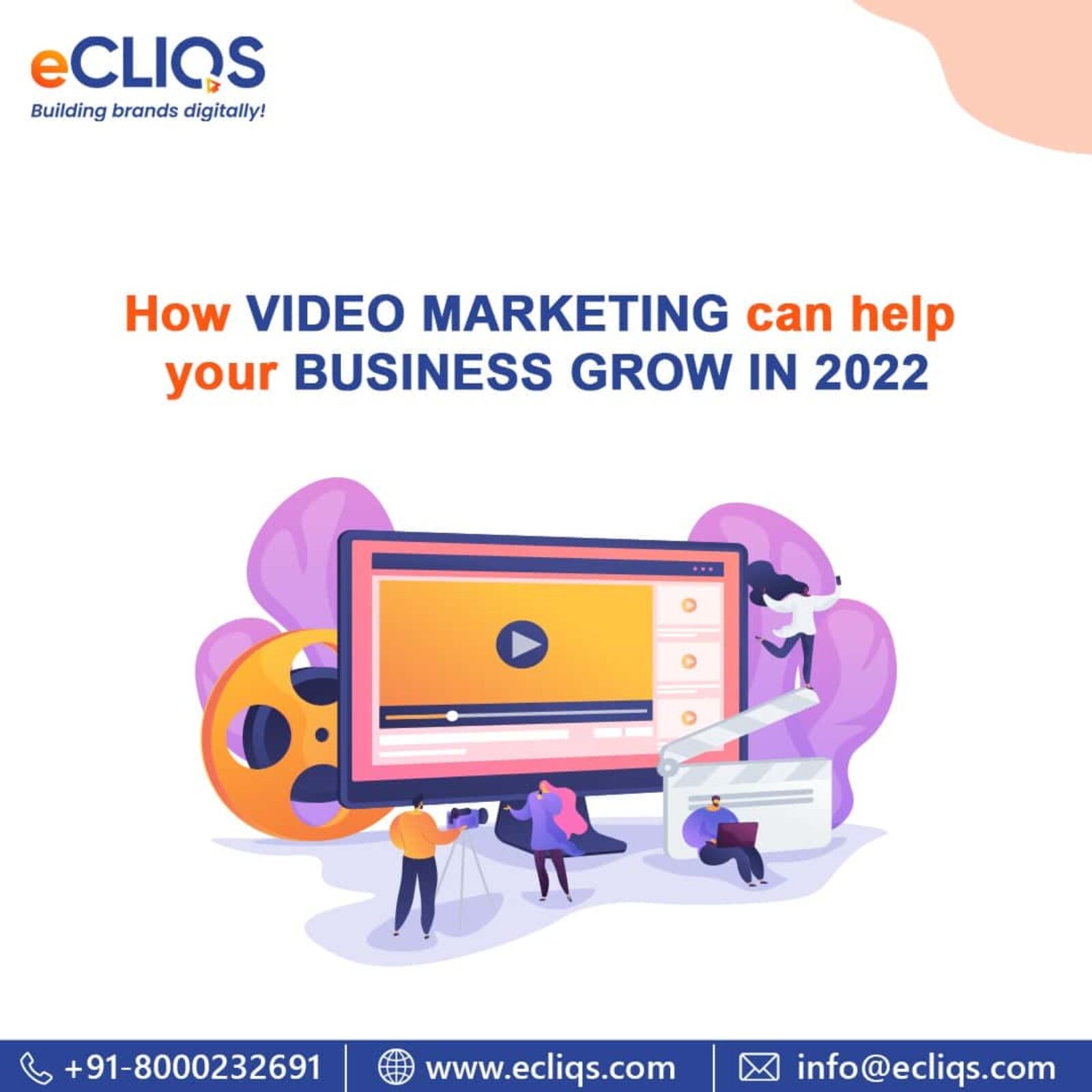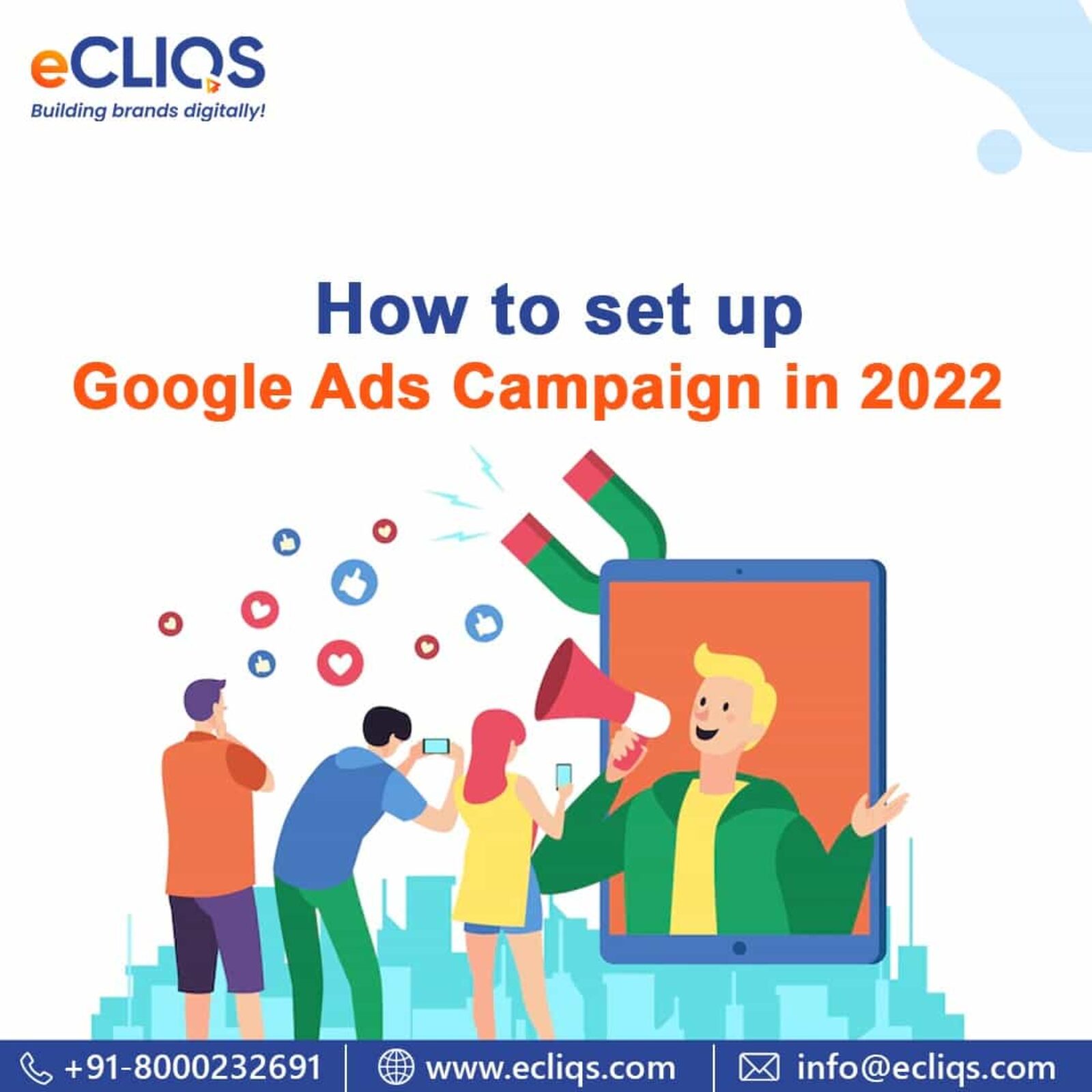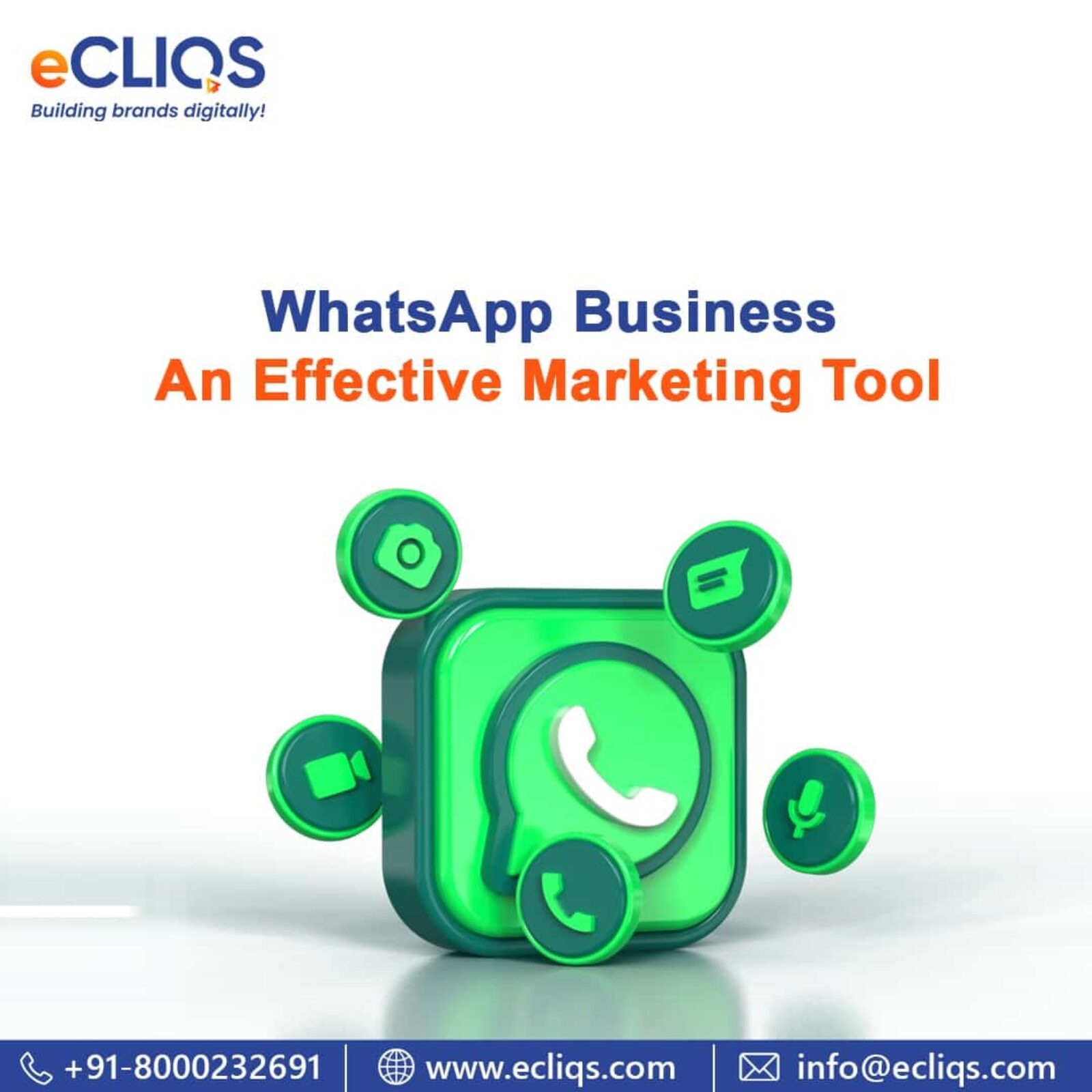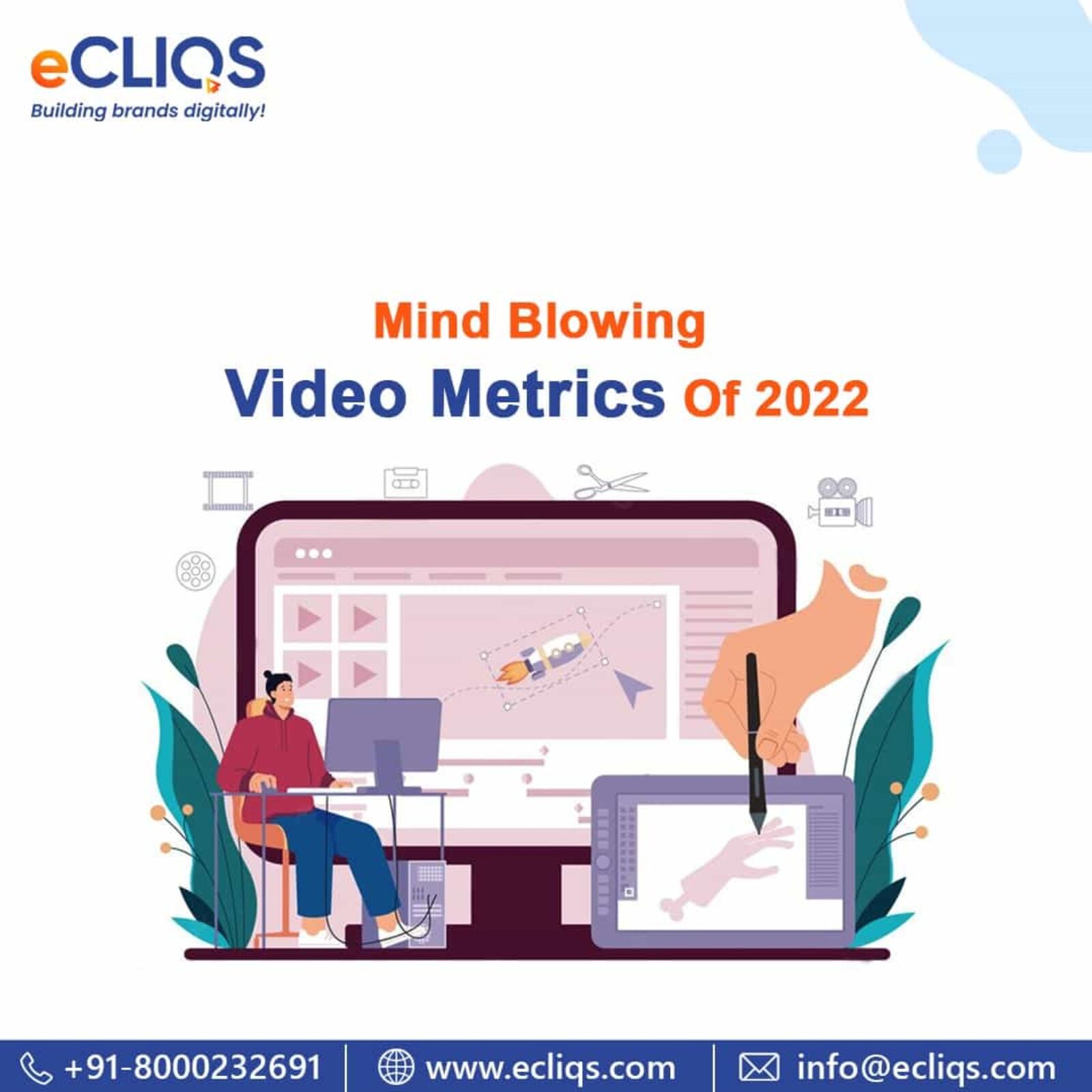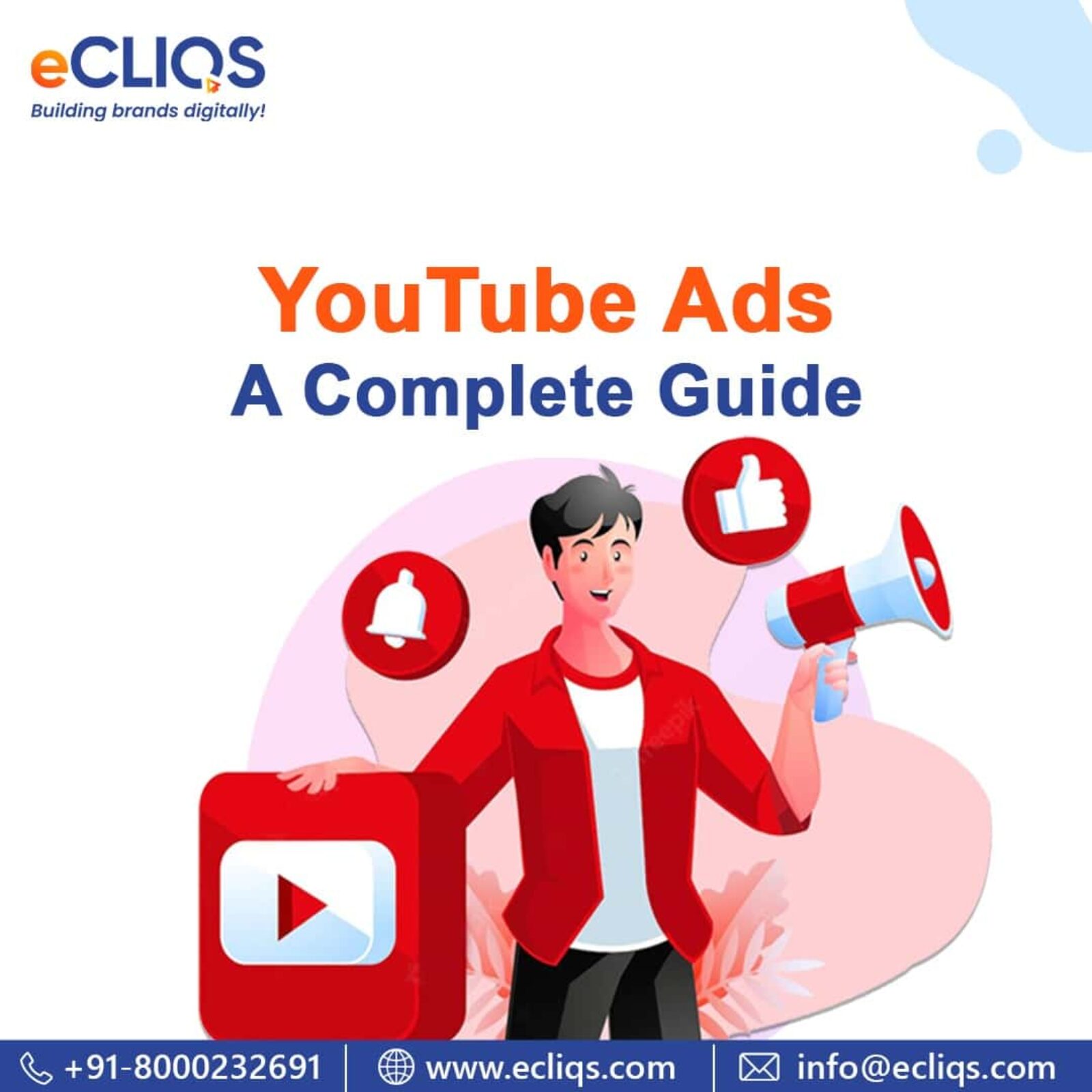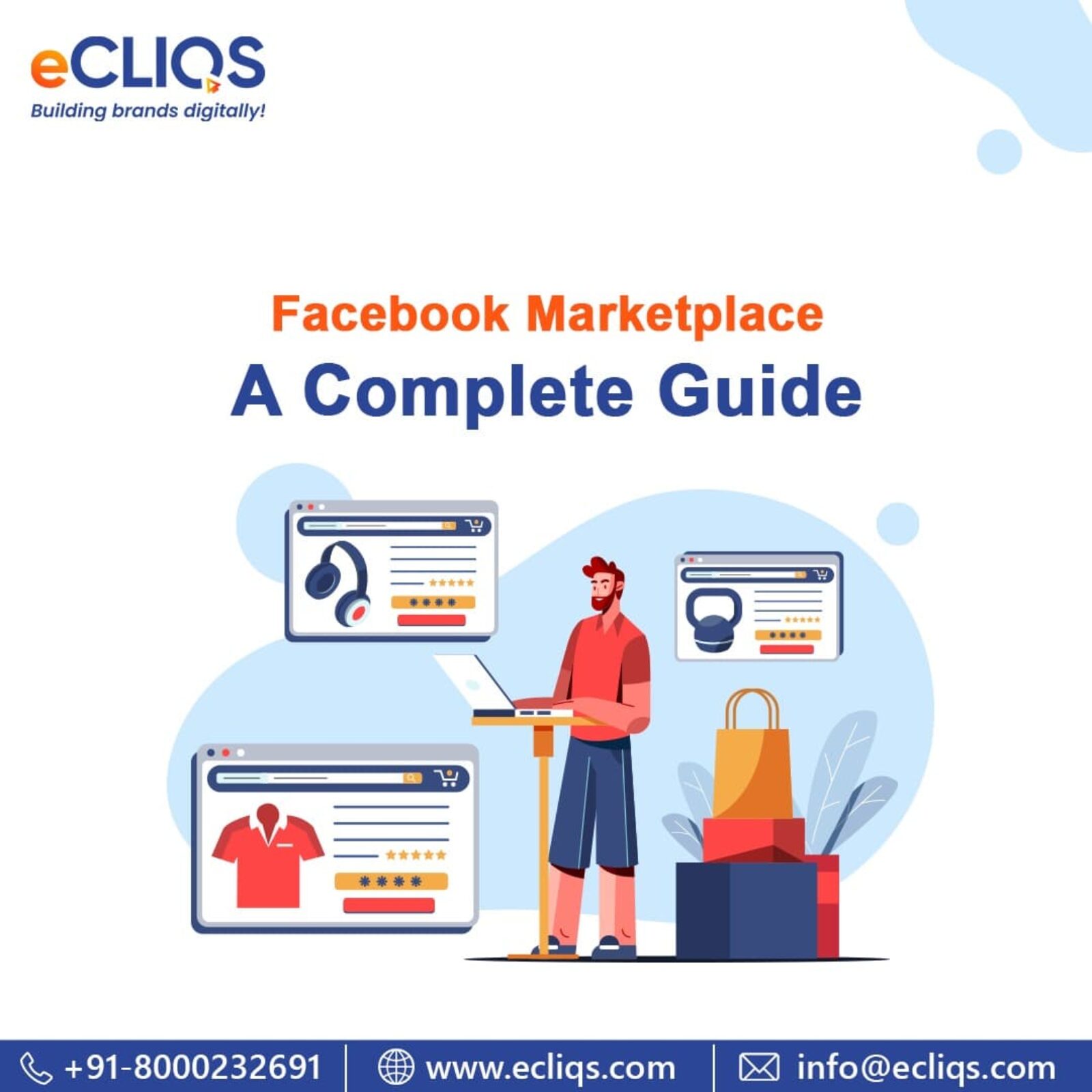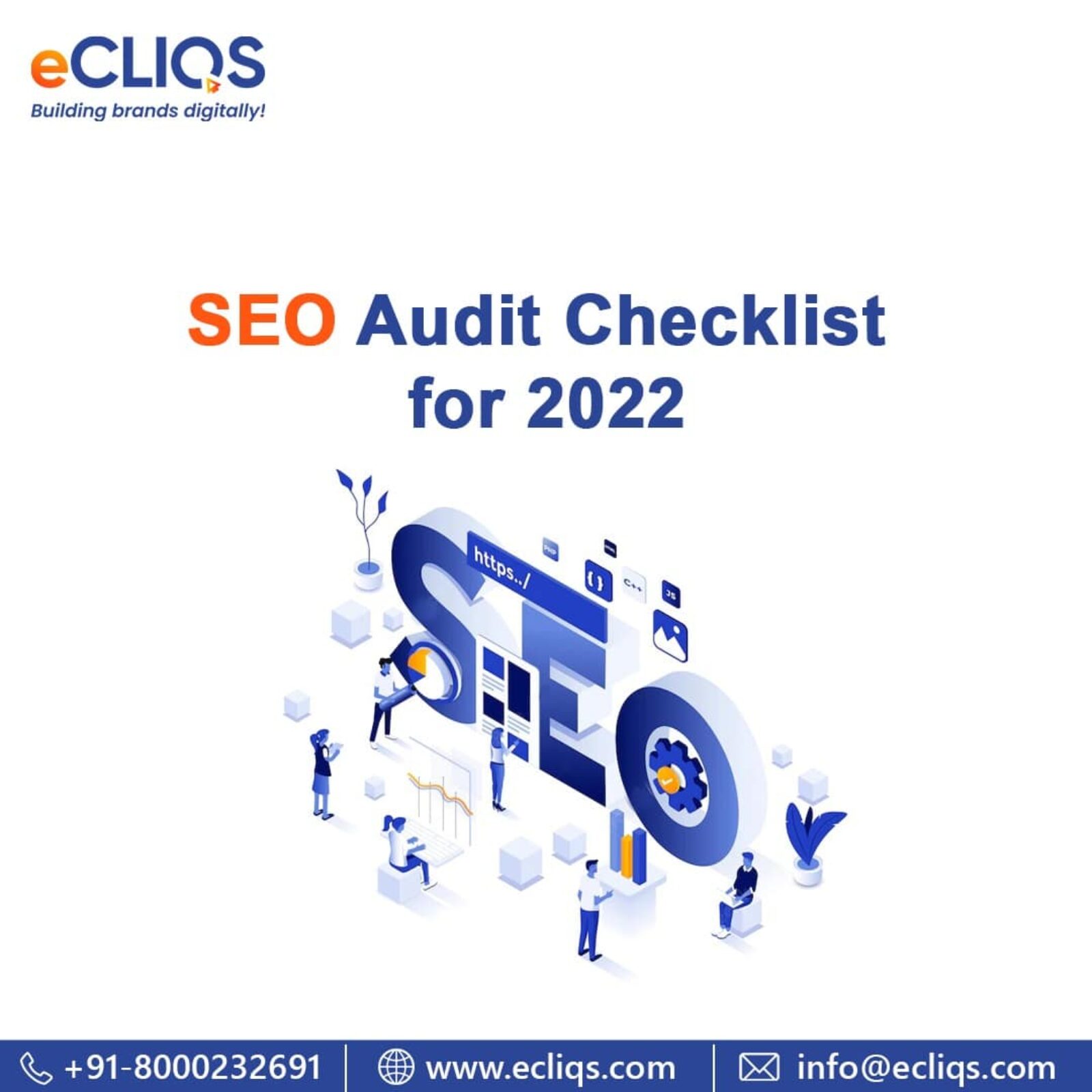10 Things you must do for Website Maintenance
You’ve just spent a large portion of your hard-earned money on a new, user-friendly website designed to attract visitors. Whew! You won’t have to bother about website upkeep for at least a few years. Is this what you’re thinking?If Yes, you’re wrong!A...
How Video marketing can help your business grow in 2022
Video content, if content is king, is the emperor of it all. According to Hubspot, video was the most popular type of content strategy last year, with blogs and infographics lagging far behind in terms of popularity.It’s difficult to overestimate the influence videos...
How to setup Google Ads Campaign in 2022? – A complete guide
If you’re going to spend any money on advertising in order to reach your intended audience, make sure you spend it wisely.In other words, a location with more than 259 million unique visits and 4.8 billion interactions every day.Somewhere like Google.The world’s...
Everything you need to know about SEO VS SEM
The basic purpose of a marketing budget is to maximise growth at the lowest possible expense. Consider both short-term and long-term rewards when allocating funds for website income growth. To put it another way, you must consider SEO vs. SEM.As we all know, this isn’t...
WhatsApp Business – An Effective Marketing Tool
WhatsApp has a huge user base. Five billion people have downloaded it and two billion people use it every day.In order to get their message out to such a large number of people, firms are racing against one other. Although it may sound simple, it’s actually rather...
Mind Blowing Video Metrics of 2022
It’s no secret that watching videos has overtaken all other forms of material consumption in today’s world.9 out of 10 viewers stated they wanted to see more videos from brands and companies in 2020, and 96% of consumers increased their online video consumption....
YouTube Ads – A Complete Guide
Do you ever wonder how many hours of video are viewed on YouTube every day? More than 1 billion hours of YouTube videos are streamed everyday, according to an article from Brandwatch. That’s almost 60 billion minutes. To put this in perspective, there are 1,440 minutes...
Facebook Marketplace – A Complete Guide
Facebook Marketplace, launched in October 2016, is a local online marketplace where users can buy and sell new and used goods. Fifty nations worldwide utilize the Facebook Marketplace to purchase and sell goods. As a result, marketers may use it to increase conversions and...
SEO Audit Checklist for 2022
The path of a thousand optimizations often begins with a single step — the SEO audit. An in-depth SEO audit is the first step for most SEO practitioners when signing a new client or joining an in-house a new firm. That’s where the SEO audit comes into play.“Where...
Trending Front End Technologies – ReactJS & AngularJS
Frontend technologies influence the success of practically any software infrastructure. Though back-end technology allows software programs to work properly in the first place, customers would rarely glance twice at any software product if there was not a visually appealing...

